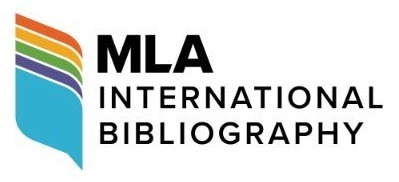THE INCESSANT CRISIS: A MACHEREYAN READING OF MARY SHELLEY’S THE LAST MAN
DOI:
https://doi.org/10.47333/modernizm.2021273788Keywords:
Post-marxism, Science Fiction, Dystopia, Pandemic LiteratureAbstract
First published in 1826, Mary Shelley’s The Last Man is a dystopian novel that depicts the life of Lionel Verney in 2100, who is living in the last days of the Anthropocene as the human population has been eradicated due to a pandemic. While the novel is regarded as the first post-apocalyptic science fiction novel, it had been neglected until the 1960s. Despite owing its context to the nineteenth century, the novel addresses several modern-man issues. The anxiety produced by apocalyptic visions and the fear of extinction are two of the significant twenty-first-century issues due to the ecological crisis and COVID-19 pandemic, which are accurately relatable. Moreover, Lionel’s existential dread and identity crisis represent and predict the confusion of modern man. Since the work was written a century before the twenty-first century’s traumatic incidents, its perspective on the twenty-first-century man’s issues is outstanding. In this study, The Last Man would be scrutinized in the light of Pierre Macherey’s post-Marxist theory of gaps to see the socio-political elements addressed by the novel that aided Shelley in predicting successive generations’ miseries. Moreover, it is discussed if the twenty-first-century man, situated in the aftermath of the COVID-19 pandemic, could escape the ecological crisis and build a better future on earth by attending political changes.
Downloads
Published
How to Cite
Issue
Section
License
Articles submitted to the Journal of Modernism and Postmodernism Studies to be evaluated for publication should not be previously published in any publication. In case the articles are accepted for publication, all publication rights belong to the Journal of Modernism and Postmodernism Studies. Author (s) must send the Copyright Transfer Form if their manuscript is accepted for publication in the Journal of Modernism and Postmodernism Studies. The author (s) should sign this form with a wet signature and upload it in the file upload section.
Although the Journal of Modernism and Postmodernism Studies takes the transfer of the publishing rights from the authors, it reserves the following rights:
- Patent rights.
- All unregistered rights other than copyright
- The right to reproduce the work for their own purposes, provided that they do not sell.· The right of the author to use all or part of the work in her/his own book and other academic works, provided that the source is indicated.





